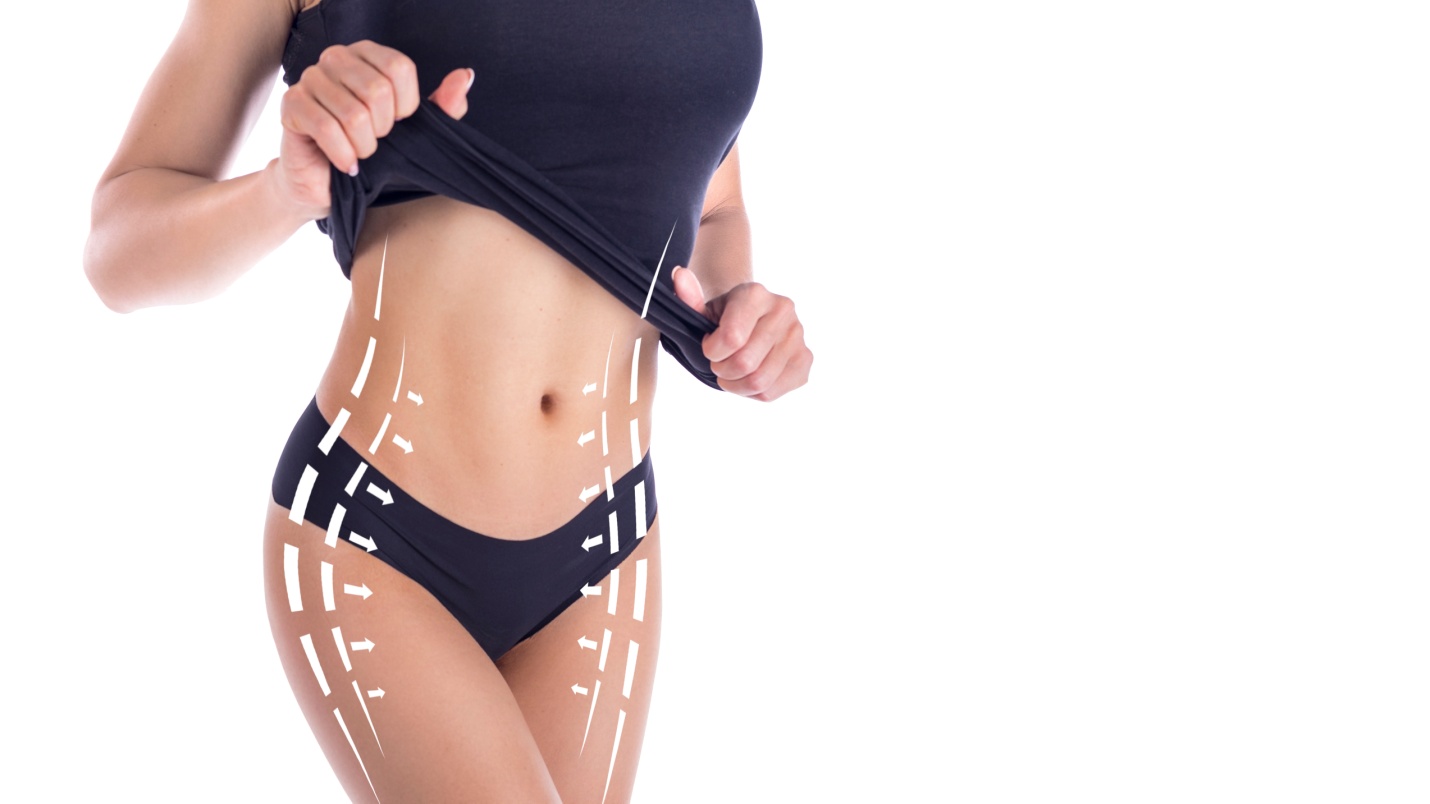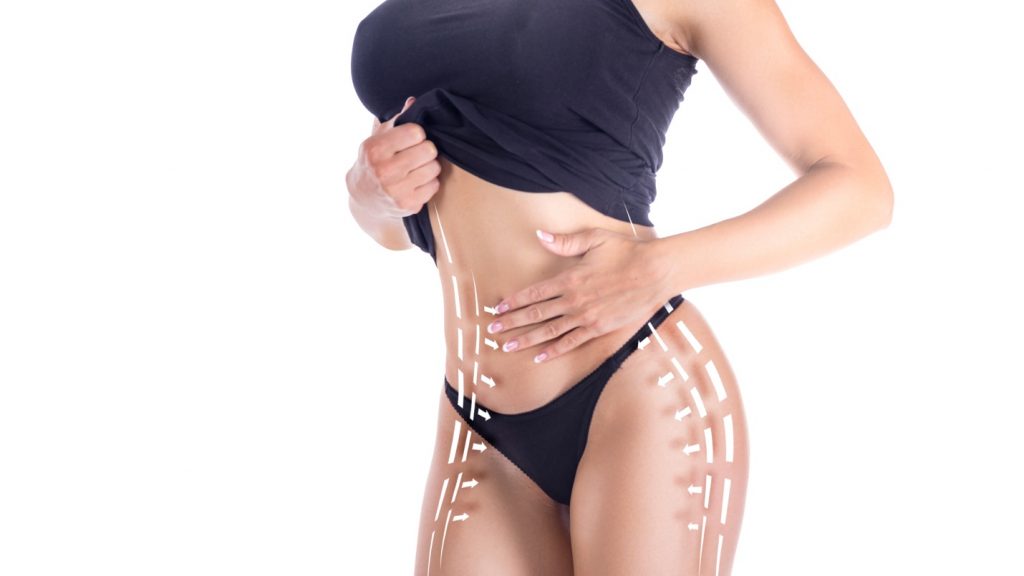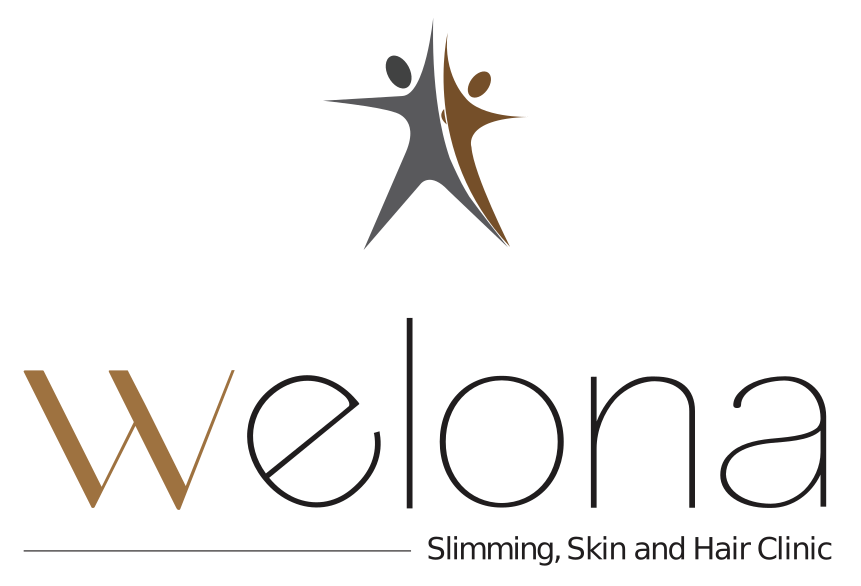
If it helps you look better and also help you recover from an injury or treatment, then it is a go-to solution right? That is why cosmetic and plastic surgery is on the rise now. An estimation of 17.5 million procedures both surgical and minimally invasive was reported in 2017. Imagine the number!
Weight loss is a global problem and a never-ending battle. There are pills and potions that promise to help you shed that unwanted pounds but then, they hardly work, or at times they don’t work at all. What if we tell you that at Welona we have a solution for you to jump-start your journey to a slimmer you? The solution is simple and cost-effective, and it is known as liposuction or simply lipo.
What is liposuction?
Liposuction or lipo is a cosmetic procedure that helps your remove fat from the areas (like your hips, belly, thighs, buttocks, back, arms, or face) that you can’t seem to get rid of even with a strict diet plan and regular exercise. This fat reduction operation is performed by a plastic or dermatologic surgeon (liposuction doctors) and can also be done simultaneously with other plastic surgeries, like a facelift, breast reductions, and tummy tucks.

Liposuction is a cosmetic procedure and usually done to enhance your appearance and look slimmer, but sometimes it is used to treat certain conditions like:
- Lymphedema
- Gynecomastia
- Lipodystrophy
- Obesity
- Lipomas
Note that doctors don’t recommend you this procedure if there are problems related to your blood flow or if you have health conditions like diabetes, heart diseases or a weak immune system. To undergo such a procedure, you need to be within 30% of your ideal weight, have firm skin, and a non-smoker.
What are the areas commonly targeted for liposuction?
The body parts commonly targeted for liposuction are:
- Lower and upper abdominal region
- Lower and upper back
- Flanks (love handles)
- Hips
- Buttocks
- Chest
- Neckline
- Under the chin
- Thighs
- Upper arms
How is liposuction done?
Liposuction is a minor procedure, and there is nothing to worry about. The patients are recommended aspirin, anti-inflammatory drugs, and iron supplements two weeks before the surgery to avoid any complications. Lipo operation is performed under a general anesthesia, which generally lasts for 1 to 4 hours.
Once the anesthesia starts acting up, the surgeon starts with the procedure. Depending on the need and the patient’s preference the type of liposuction technique is selected. There are many liposuction techniques, few of them are:
- Tumescent liposuction
This is the most popular form of liposuction. In this procedure, a saline solution along with a local anesthesia and vessel-constrictor are pumped below the skin of the target area. Then the fat is sucked out through small suction tubes.
- Ultrasound-assisted liposuction (UAL)
In UAL or ultrasonic liposuction ultrasounds vibrations are used to burst open the walls of the fat cells which make it easier to suction out (suction-assisted liposuction) the liquefied fats.
- Power-assisted liposuction (PAS)
In PAS or powered liposuction a specialized cannula rapidly moves (back-and-forth) which facilitates the surgeon to remove fat more efficiently.
- Laser Assisted Lipolysis (LAL)
In LAL or laser-guided lipo a small incision is made on the skin of the target area through which a small tube is inserted to deliver laser energy to heat the fat under the skin for easy suctioning.
- Dry liposuction
In dry lipo, there is no fluid injected before the suctioning. Here the surgeon inserts a cannula to break up the fatty tissue. This method is seldom used today as it causes damage to the tissues and has a higher risk of bruising and bleeding.
What to expect after the liposuction?
Here are a few things that you can expect after a lipo operation:
- Numbness: It is just the effect of the anesthesia in the area where fat was removed which generally goes away in 5 to 8 weeks.
- Stitches: Don’t worry since the surgeon removes it in a follow-up session.
- Bruising: Noticed in the targeted area which eventually goes away.
- Support bandages: Corset or bandages is fitted on the targeted area for better results.
After the operation, the patients are recommended to take antibiotics to decrease the risk of any infections and painkillers that helps in relieving pain and inflammation.
Is liposuction safe?
In spite of all the precautions, there may be some side effects that could cause discomfort. Here are few of the side effects of liposuction:
- Blood clots
In few cases, clot forms are noticed in the deep veins of the legs, groin, or arms. If it is not taken care of then, it can trigger pulmonary embolism which can be fatal.
- Nerve damage
The invasive anesthetic procedure (included in lipo operation) may cause temporary or permanent nerve damage which results in the loss of sensation or tingling feeling after the surgical procedure.
- Allergic reaction
Some patient may be allergic to certain medications or materials used during the surgery which triggers an allergic response/reaction.
- Scars and Bruises
The incision made during the surgery and the movement of the cannula can result in scars and bruises which last for several weeks.
- Swelling
Inflammation or swelling is normally noticed which may take up to 6 months to settle. In few cases, fluid may continue to ooze from the incisions.
- Contour irregularities
In a few cases, uneven fat removal and poor skin elasticity can result in the bumpy, wavy or withered skin.
Are the results of liposuction permanent?
Liposuction removes the fat cells permanently, but you can gain weight eventually with the new fat cells in your body. Therefore, to maintain your new shape after the surgery, you should follow a healthy diet which includes lean protein, fruits, and vegetables (salads), whole grains, low-fat dairy and exercise regularly.
Before jumping into the conclusion after reading the pros and cons, we suggest you to choose the right, qualified and experienced surgeon to discuss the details carefully. You can find one at Welona. Welona brings the fantasy of each individual remaining youthful, ravishing and ever blossoming into reality. Welona is dedicated to helping you look better than the best. Our aesthetically outlined clinic has an incredibly inviting vibe and is enhanced with the Latest Technology which is operated with a dedicated team of experts for delivering the best results. Give it a try!

